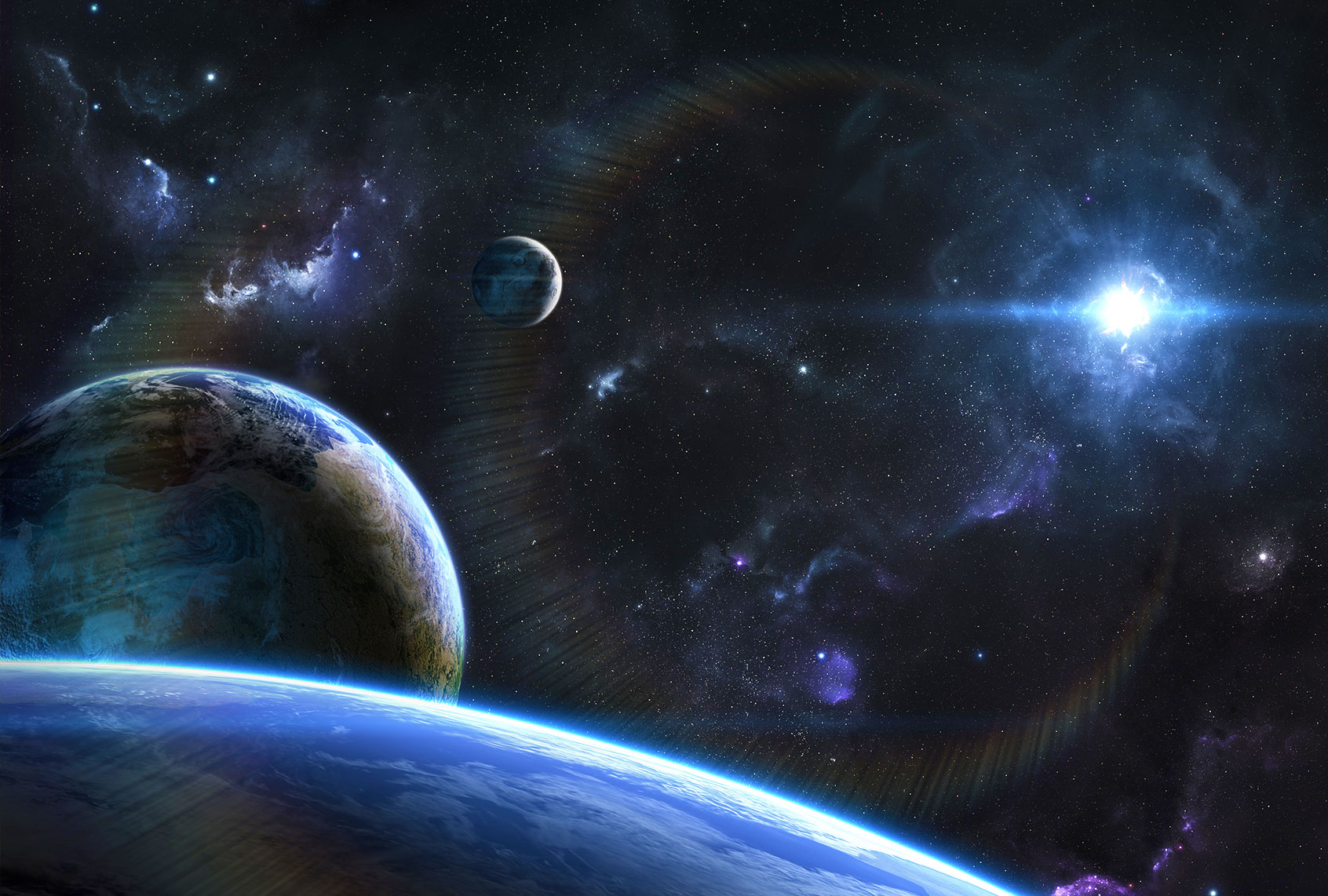It is no small task to build a moon. First, a planet has to be massive enough to pull in passing space detritus — some dust here, some gas there, maybe a few asteroids — and eventually let them congeal on their own into a celestial body.
Among astronomers, that was the operative theory, at least, as to how moons formed. But notably, until recently, scientists had never actually seen a moon-forming region (also known as a circumplanetary disk) anywhere outside of our solar system. Yet with the publication of a new study in the journal Astrophysical Journal Letters, that is no longer the case.
With enough gas and dust to create three moons the size of the one orbiting Earth, the newly-discovered behemoth circumplanetary disk is roughly 500 times larger than the rings of Saturn. Rotating around a planet called PDS 70c, the disk could provide scientists with new insights into how satellites (the scientific term for objects like moons) are formed.
“Our work presents a clear detection of a disk in which satellites could be forming,” Myriam Benisty, the lead author of the paper and a researcher at the University of Grenoble, France, and at the University of Chile, added in the same statement. Using the Atacama Large Millimeter/submillimeter Array (ALMA) telescope, based at the European Southern Observatory (ESO) in Chile, the researchers observed the disk “at such exquisite resolution that we could clearly identify that the disk is associated with the planet and we are able to constrain its size for the first time.”
“More than 4,000 exoplanets have been found until now, but all of them were detected in mature systems,” Miriam Keppler, a co-author of the study and researcher at the Max Planck Institute for Astronomy, said in a statement. ” As for PDS 70c and its counterpart, PDS 70b, they “form a system reminiscent of the Jupiter-Saturn pair” and “are the only two exoplanets detected so far that are still in the process of being formed.”
This planetary sibling, PDS 70b, offers insights into another way in which this discovery can help scientists. In addition to helping us understand how moons are formed, the fact that both planets are very young means we could learn more from observing their activities. Scientists have a number of theories about how planets might have formed, and the circumplanetary disk observation could help scientists learn more about the early lives of planets, just as it could teach us about the origins of moons.
“These new observations are also extremely important to prove theories of planet formation that could not be tested until now,” Jaehan Bae, another co-author and an astronomer at the Carnegie Institution for Science, said in the statement.
Want more health and science stories in your inbox? Subscribe to Salon’s weekly newsletter The Vulgar Scientist.

